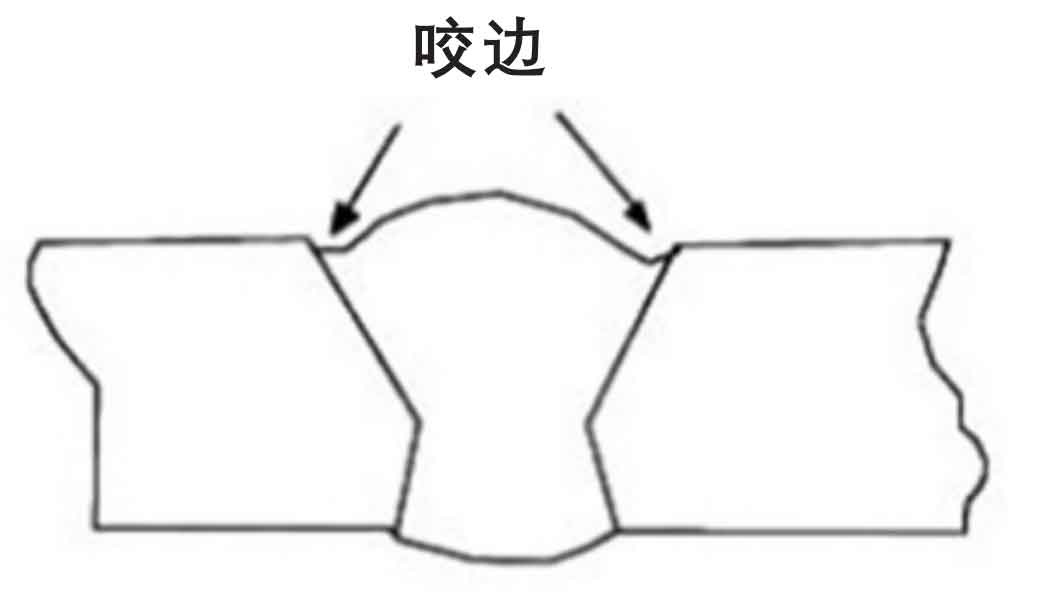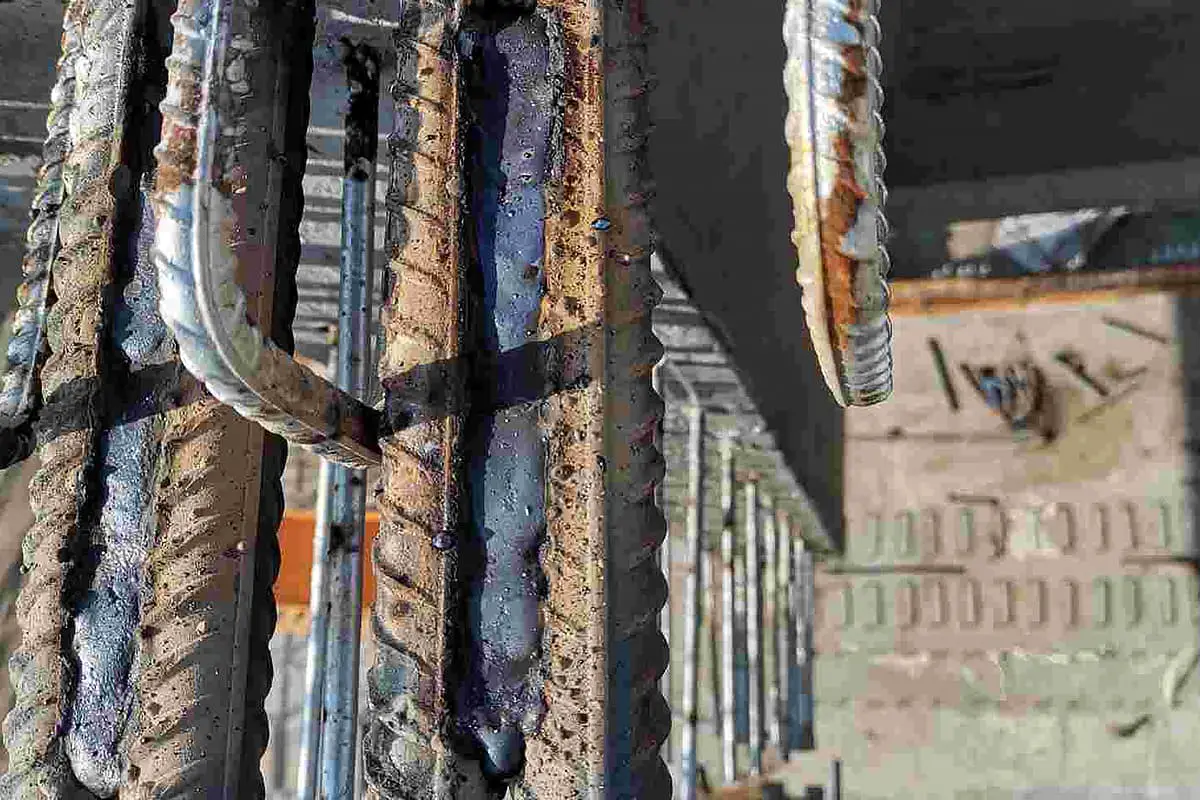Exactly How to Prevent Weld Undercut: Necessary Tips for Welders
Exactly How to Prevent Weld Undercut: Necessary Tips for Welders
Blog Article
Understanding the Art of Welding: Exactly How to Prevent Undercut Welding Issues for Flawless Fabrication Outcomes
By understanding the root creates of undercut welding and carrying out reliable strategies to stop it, welders can elevate their craft to brand-new degrees of excellence. In the search of remarkable fabrication results, mastering the art of welding to stay clear of undercut issues is not just an ability yet a need for those striving for perfection in their job.
Recognizing Undercut Welding

To avoid undercut welding, welders should make certain proper welding parameters, such as changing the present, voltage, traveling speed, and preserving the right electrode angle. Furthermore, making use of the suitable welding technique for the specific joint arrangement is important. Employing weaving movements or backstepping strategies can help make sure appropriate weld metal deposition and reduce the likelihood of undercut development. Routine examination of welds throughout and after the welding procedure is likewise important to capture any undercut very early and make essential adjustments to avoid further problems. Preventing weld undercut. By comprehending the reasons of undercut welding and carrying out precautionary steps, welders can attain premium, structurally sound welds.
Root Causes Of Undercut in Welding
Recognizing the variables that add to damage in welding is crucial for welders to create top quality, structurally audio welds. When the weld metal does not correctly fill the groove formed in between the base metal and the formerly deposited weld metal, undercutting occurs. Numerous elements can result in undercut in welding. One typical cause is excessive heat input. Welding at heats for prolonged periods can result in the base metal thawing even more than preferred, bring about damage. Poor welding inaccurate or existing welding speed can likewise contribute to undercut. Insufficient current may not provide sufficient warmth to melt the base and filler steels adequately, while excessive speed can stop appropriate fusion, causing undercut. Additionally, improper electrode angles or inaccurate torch adjustment strategies can develop locations of low address weld steel deposition, advertising undercut. Comprehending these causes and applying correct welding methods can aid prevent damaging problems, ensuring sturdy and strong welds.
Techniques to stop Undercutting

To mitigate the danger of damaging in welding, welders can employ critical welding techniques aimed at enhancing the top quality and honesty of the weld joints. Furthermore, using the appropriate welding technique for the details joint setup, such as weave or stringer grains, can contribute to minimizing damaging.
Utilizing back-step welding methods and managing the weld grain profile can likewise aid distribute warm evenly and reduce the threat of undercut. Normal assessment of the weld joint during and after welding, as well as applying top quality guarantee procedures, can assist in resolving and detecting undercutting issues quickly.
Relevance of Correct Welding Criteria
Selecting and maintaining suitable welding specifications is important for attaining effective welds with minimal issues. Welding specifications describe variables such visit the site as voltage, existing, take a trip speed, electrode angle, and securing gas circulation price that straight influence the welding process. These criteria must be carefully adjusted based on the kind of material being bonded, its density, and the welding method used.
Appropriate welding criteria guarantee the correct amount of heat is put on thaw the base metals and filler material consistently. If the specifications are established too expensive, it can cause extreme heat input, causing distortion, burn-through, or spatter. On the other hand, if the parameters are also low, incomplete blend, lack of infiltration, or damaging may happen.
Quality Control in Welding Operations

Final Thought
In final thought, understanding the art of welding calls for a detailed understanding of undercut welding, its causes, and techniques to stop it. By guaranteeing appropriate welding parameters and implementing quality control methods, remarkable manufacture results can be achieved. It is essential for welders to consistently pursue quality in their welding procedures to prevent undercut concerns and generate top notch welds.
Undercut welding, an usual flaw in welding procedures, occurs when the weld metal does not properly load the groove and leaves a groove or depression along the bonded joint.To avoid undercut welding, welders should ensure appropriate welding specifications, such as readjusting the current, voltage, traveling rate, and preserving the right electrode angle. Insufficient welding inaccurate or current welding rate can also contribute to undercut.To mitigate the threat of damaging in welding, welders can use tactical welding strategies aimed at boosting the quality and honesty of the weld joints.In final thought, mastering the art of welding requires a thorough understanding of undercut welding, its causes, and strategies to stop it.
Report this page